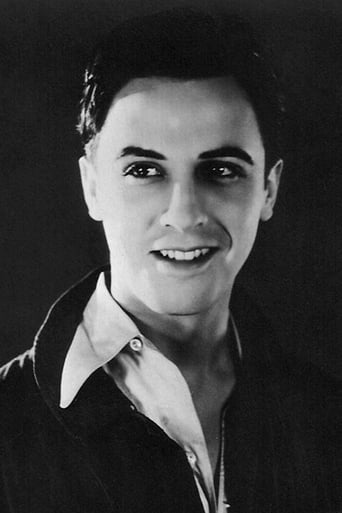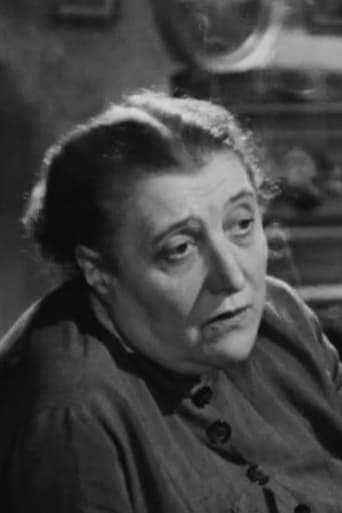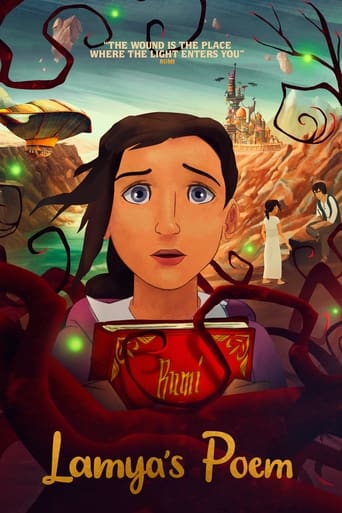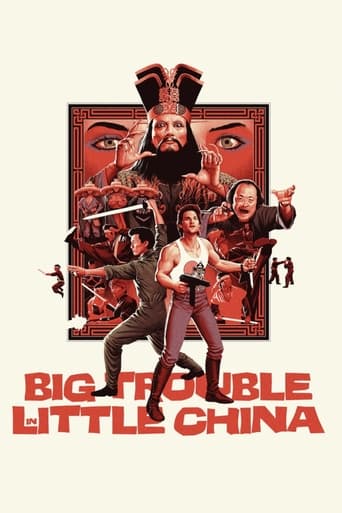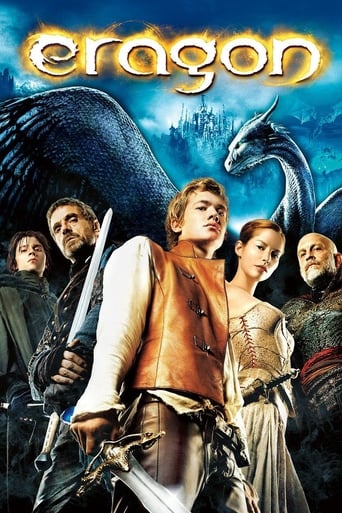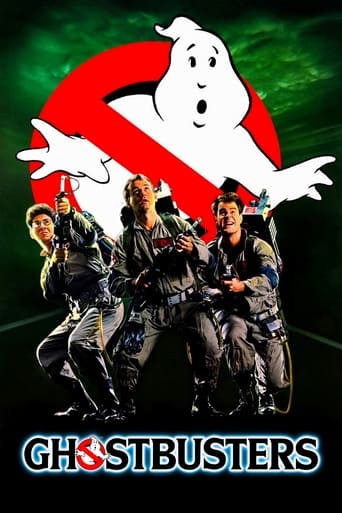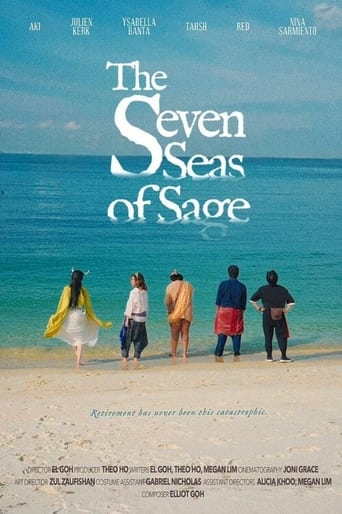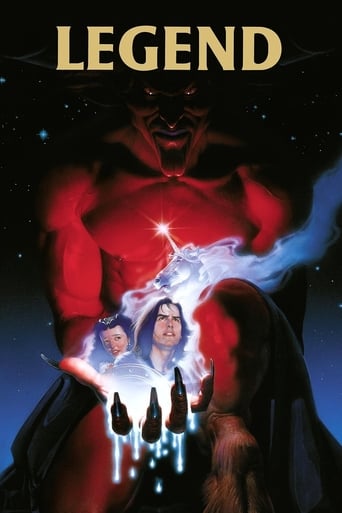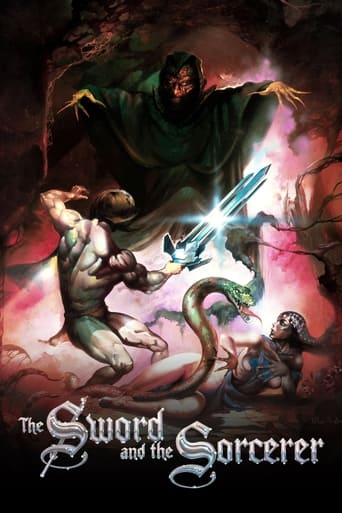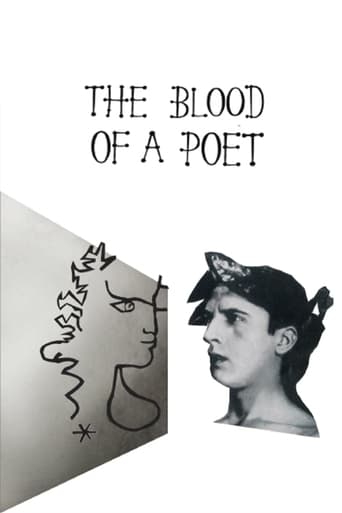
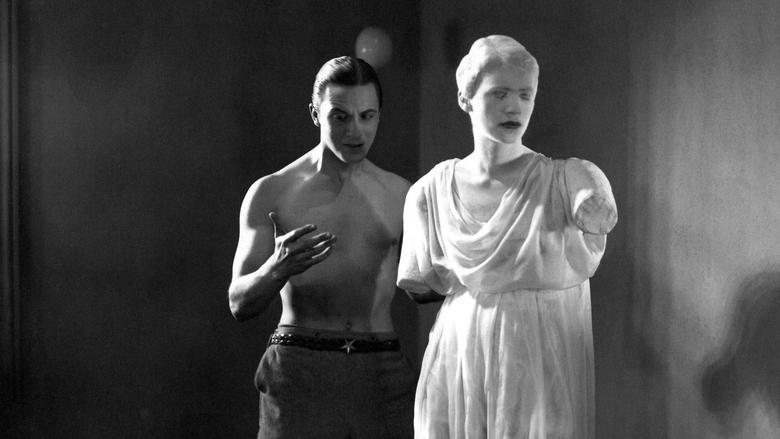
The Blood of a Poet (1932)
Told in four episodes, an unnamed artist is transported through a mirror into another dimension, where he travels through various bizarre scenarios. This film is the first part of Cocteau's Orphic Trilogy, which consists of The Blood of a Poet (1932), Orpheus (1950) and Testament of Orpheus (1960).
Watch Trailer
Cast


Similar titles
Reviews
Surrealist cinema was at the height of its powers between the mid 1920's to the mid 1930's. For obvious reasons, the silent era had been particularly well suited to visually strong films. Like Luis Buñuel's L'âge d'or, The Blood of a Poet is one of the later films from this period. And both incorporate limited sound. In the case of this movie it is mainly music, with a little synchronised dialogue. It's a film that gives the impression of having an overall purpose and meaning but I have to admit, I really have no idea what it was. I found it baffling but interesting enough in a strange dream-like way. And at 50 minutes it hardly overstays its welcome. It's consistently well photographed and there are memorable sequences such as the hotel of strange rooms and the falling into a mirror moment. So, mainly, the film was of interest to me as an example of creative surrealism. But as to what it means? Ah, well, your own your own there I'm afraid
Heading home a few nights ago,I got a phone call from my dad telling me that he had picked up something special which he expected I would like taking a look at.Not having a clue what to expect,I was thrilled when I realised that he had picked up about 40 different "Euro-Art Films in Widescreen on Video! (I later found out that he had picked each movie up for 50p,thanks to the seller at a pawnbroker's shop being about to bin them all,due to them being "Videos")Checking the running times of the films,I discovered that the first film by Jean Cocteau, (who,thanks to a Ridley Scott audio commentary,I found had directed a magical adaptation of Beauty and the Beast,which I had watched a number of times during my childhood) was the title with the shortest running time in the collection,that led to me deciding that my first "choice" from the collection of Euro-Art Films, (which still contained a receipt from HMV in 1994 for 17 pounds 49p!) would be Cocteau's first movie.The plot:Part 1:The Wounded Hand:Being unhappy about a painting that he has been attempting to draw,a poet is startled when the mouth of the painting starts to move.Quickly rubbing out the painting,the poet finds out that his plan to destroy the painting has gone a bit awry,when he notices that the paintings mouth has transferred to one of his hands.Horrifed,but also fascinated by this weird incident,the poet experiments with the mouth,until he ends up transferring it from his hand to the face of a statue.Part 2:Do The Walls Have Ears?:Finding the now talking statue to have a hypnotic like quality,the poet follows it orders by stepping into a hotel placed in an alternative like universe named:The Hotel of Dramatic Follies.Being horrified over the scenes that he witnesses of peoples follies,the poet shoots himself to get free from the statue's control and ends up smashing the statue into a thousand pieces.Part 3:The Snowball Fight:Since having smashed the statue to bits,a new statue has been build in the former's place,celebrating the poet that destroyed the old statue.Playing snowballs near by the statue,a young boy is killed,when a snowball containing marble hits him.Part 4:The Profanation of the Host: After dying,the boy's body lays under a table where some card sharks are playing,as his guardian angel attempts to absorb the boys soul,and the mystical power of the once broken statue seems to be getting more powerful than ever before.View on the film:For what would turn out to be the last film that he would make for 13 years,mostly related to the studio having to hold back from bringing the movie out for 2 years,due to all of the controversy that came from their 1930 Luis Bunuel and Salvador Dali collaboration film:L'age d'Or.Writer/director/narrator Jean Cocteau does a clever mix of using "the poet" struggles with his artwork, (which includes an eye-brow raising scene,of the poet laying in bed with the paintings talking mouth on his hand,that he decides to "experiment" with, by placing the hand somewhere on himself that is out of frame (my guess being a sore knee) as a foundation for the more surreal images,with Cocteau showing that no matter how much he tries,the poet is unable to be separated from his work,to the point where a statue inspired by him,takes the places of a statue that he himself created.Along with the poet's struggle with art,Cocteau makes The Hotel of Dramatic Follies a terrific place to explore,filled with opium smokers and hermaphrodite's,whilst also turning the winter wonderland of The Snowball Fight into a wickedly dark nightmare tale.Creating a feeling that the movie is building towards a wildly surreal,dream/nightmare-like ending,Cocteau sadly stumbles during the last section of the film,by not featuring the presence of Enrique Riveros as the poet,which leads to the ending feeling unfocused and completely disjointed to what had taken place in the rest of the film.
In film, Jean Cocteau found the perfect medium to portray his own personal mythology Though his involvement in cinema was uneven, spasmodic and largely undertaken during later life, his fantastic images, well-meaning amateurism and continuous self-preoccupation were inspirational to the avant-garde and underground By 1930, when Cocteau made his first film, he was already an established poet, novelist, dramatist and artist "Le Sang d'un poète" (The Blood of a Poet) was a characteristically romantic portrait of the artist structured as a surreal succession of images centered on a private mythology: desiring immortality, the poet, martyr to creativity, must first pass through a mirror into a deathly private dream-world Financed, like "L'Age d'Or," by the Vicomte de Noailles, its indulgent celebration of artists in general (and, therefore, Cocteau in particular) makes it inferior to Buñuel's film, but its strong, bizarre symbolism is often alarming
I LOVED Orpheus and Beauty and the Beast--both Jean Cocteau masterpieces. However, this "movie" doesn't really appear to be a movie at all, but looks like a lot of little skits Cocteau created to amuse his friends--sort of like performance art, not cinema. There is absolutely no coherence whatsoever or theme. And this is NOT just because he adored surrealism. You can have surrealism in a movie provided it's not just bits and pieces of celluloid pasted together--which is what this is.Maybe this film would have best been shown at some gallery where they have "new wave" art. I could see people looking at jars of placentas, cow excrement statues, a yodeling woman standing in a bucket of Jello and this film being played all at the same time. That's the sort of reason I could see for making the movie.Many of the segments in the film were just camera tricks Cocteau was working on as an experiment. With MOST directors, the tricks and home movies they make do not make it to the cinema--but for some odd reason this did. They are sometimes COOL camera tricks, but that's all--I certainly would NOT want to pay to rent or to go see his little experiments. The only good from this mess I can see is that some of the tricks he used later appeared in much more polished form in Orpheus--such as running the film backwards or building rooms that were upside down or sideways. Cool tricks, but that's all. Watching this film is like staring at rough drawings that will be used for set designs or matte paintings--interesting but only a tiny piece of a whole movie.So, it's pretty much a waste of time to see this, though I guess it is interesting to see a few statues come to life, the man wipe the smile from the painting and it becomes ALIVE and stuck on his hand, AND you get to see a couple people blow their brains out--complete with copious amounts of blood! If this ain't performance art, I don't know what is!


